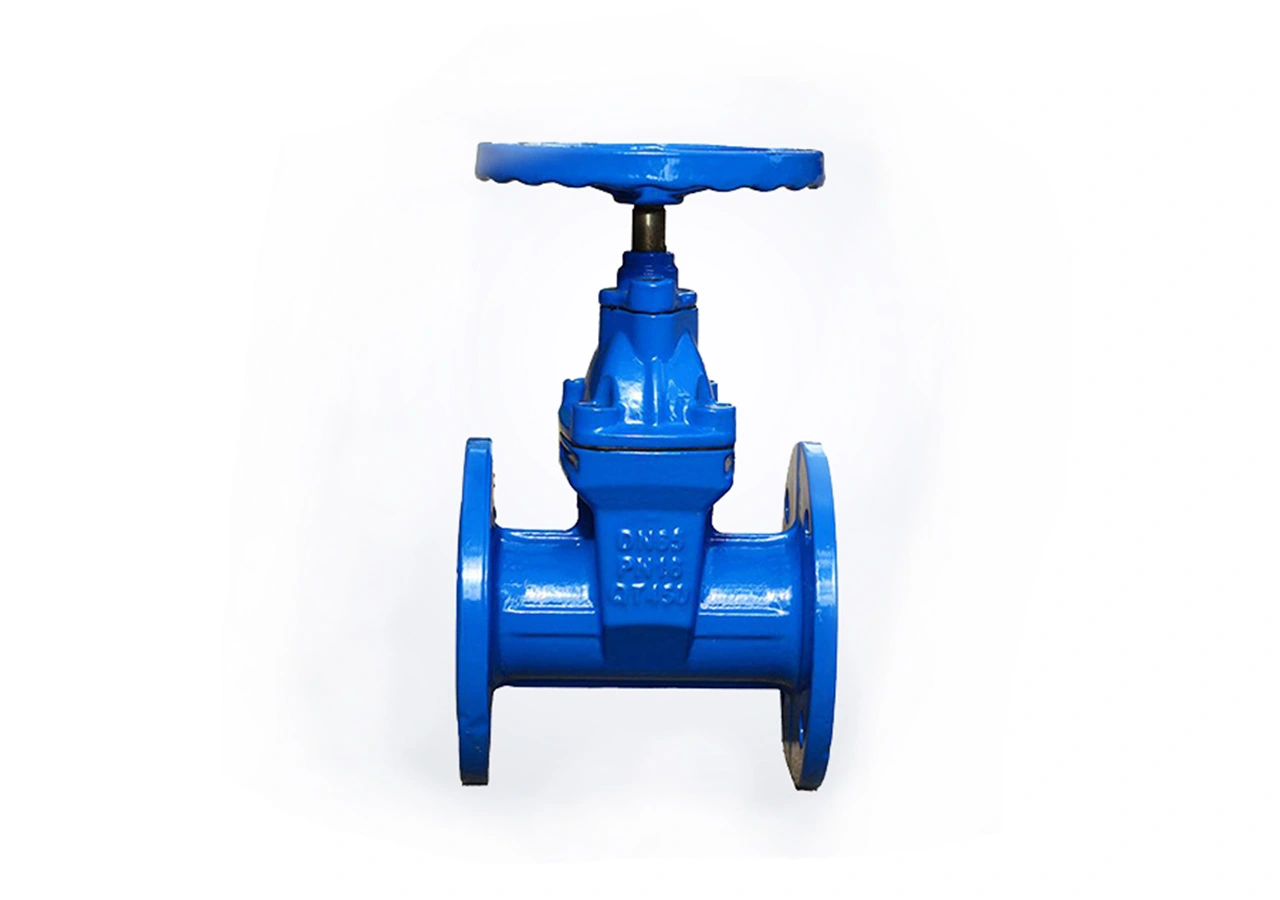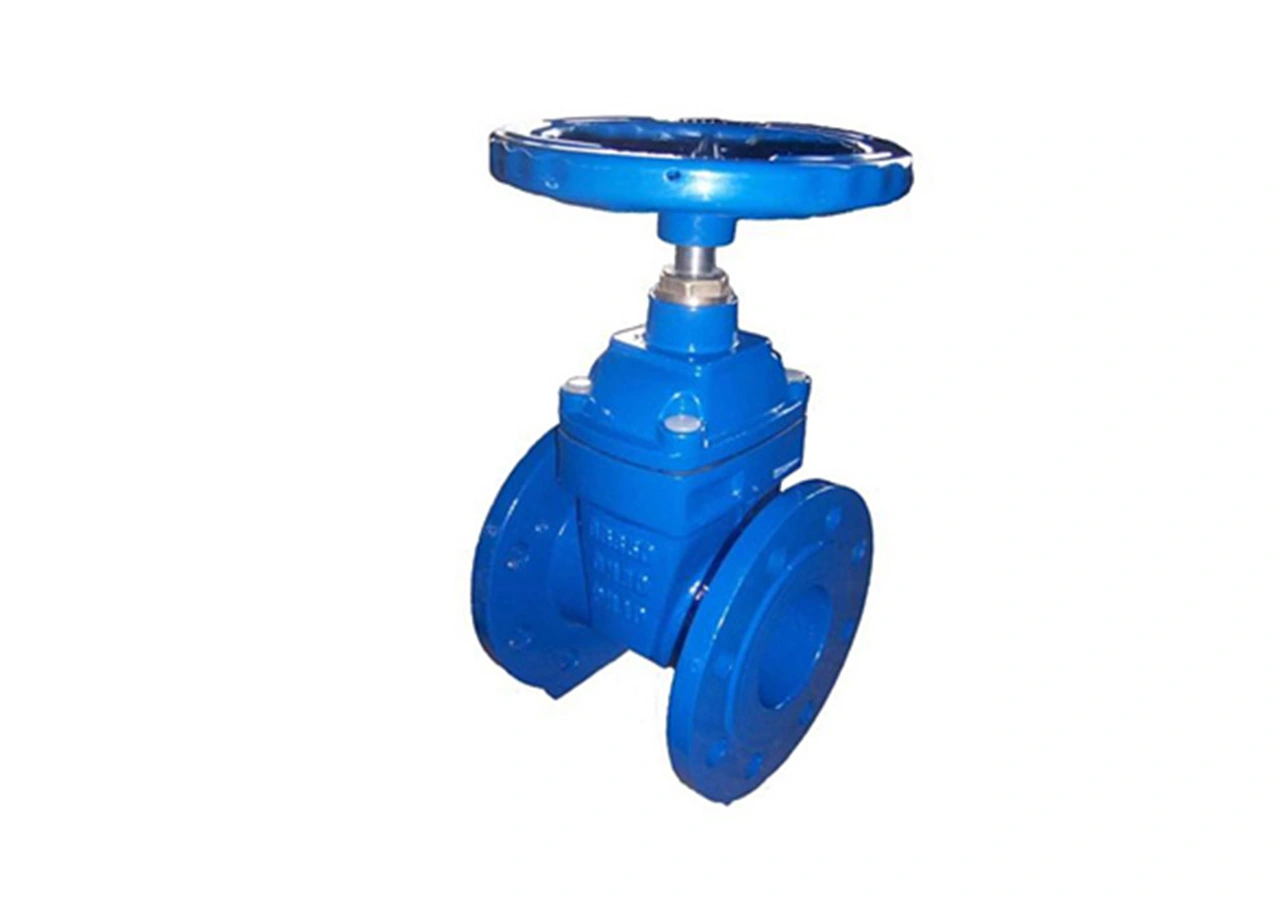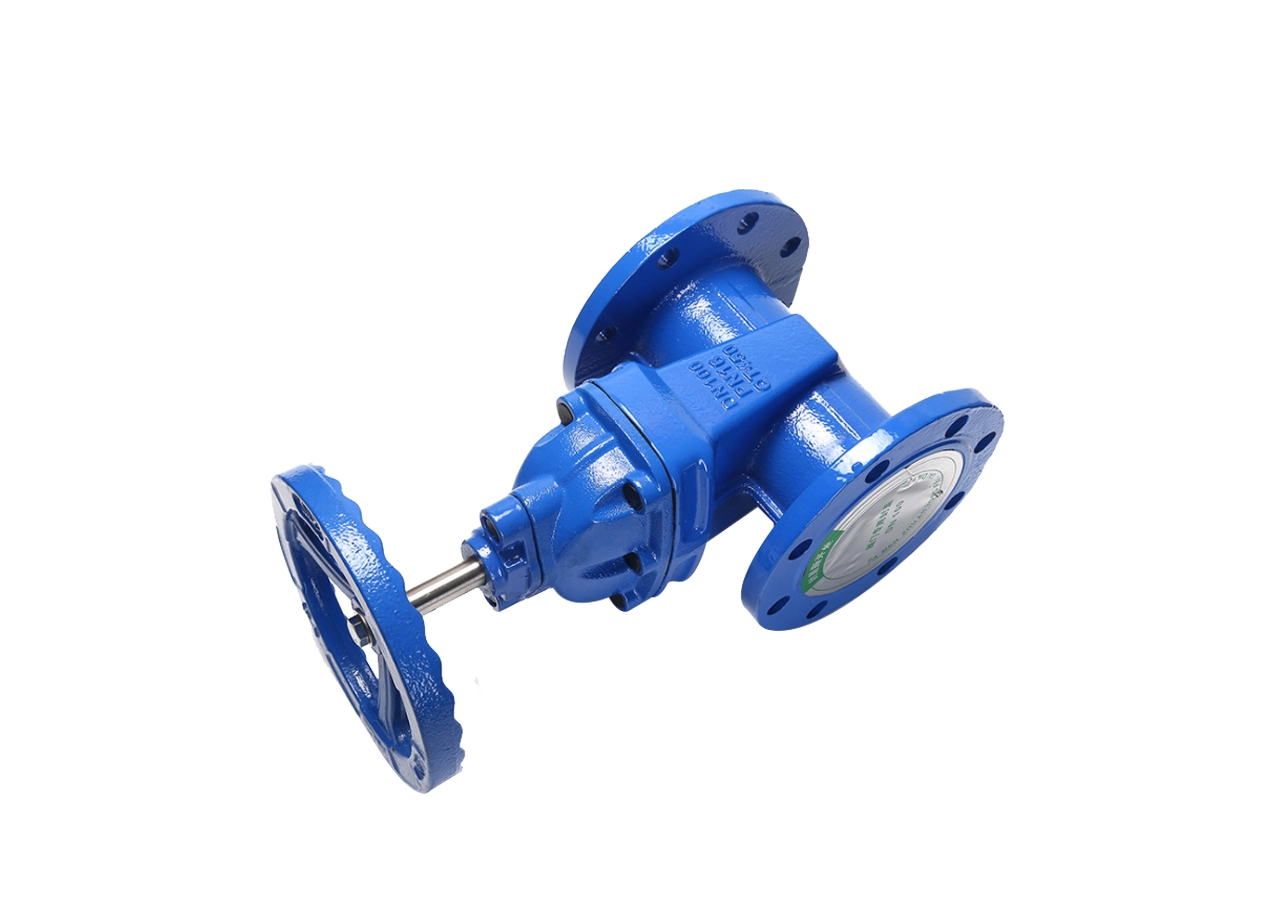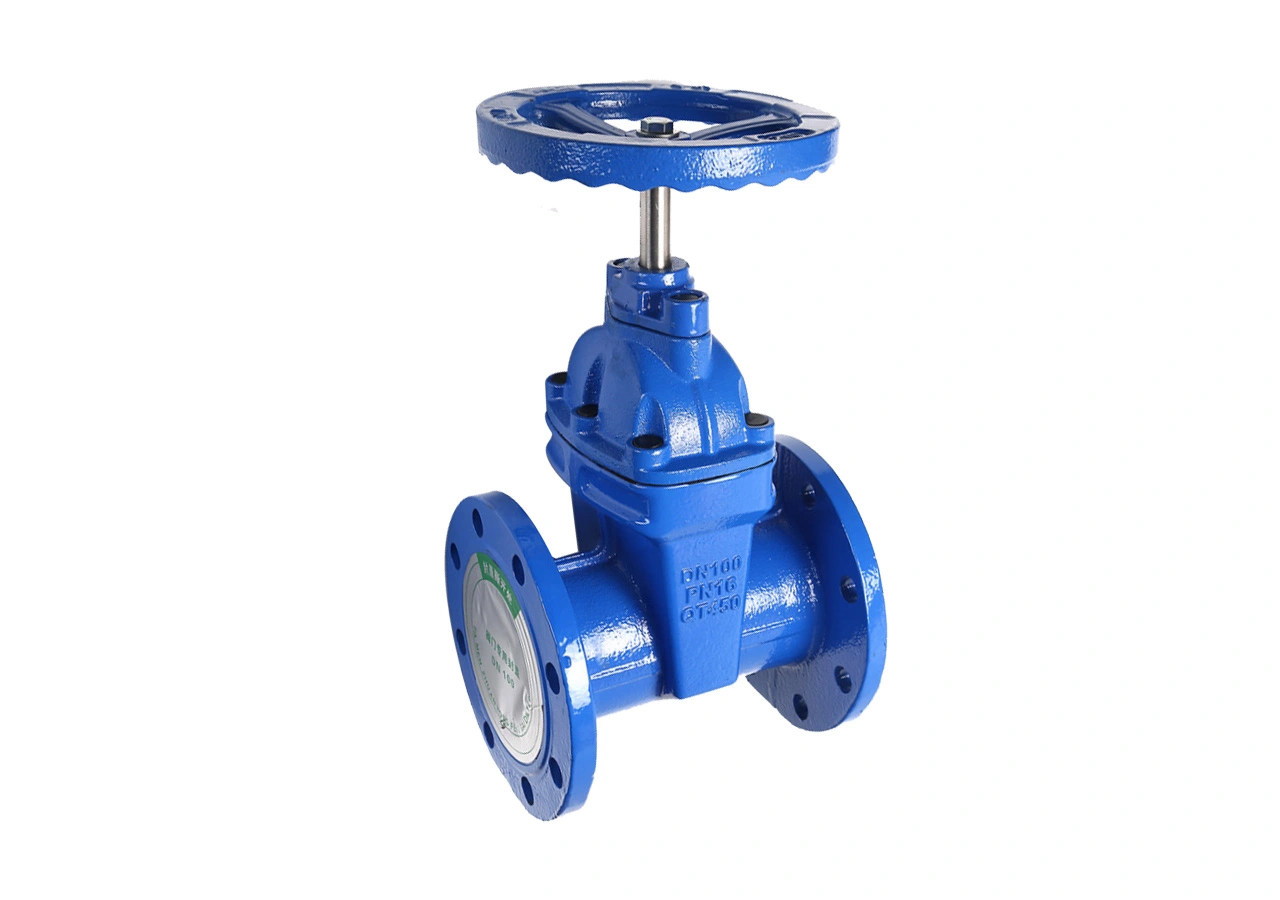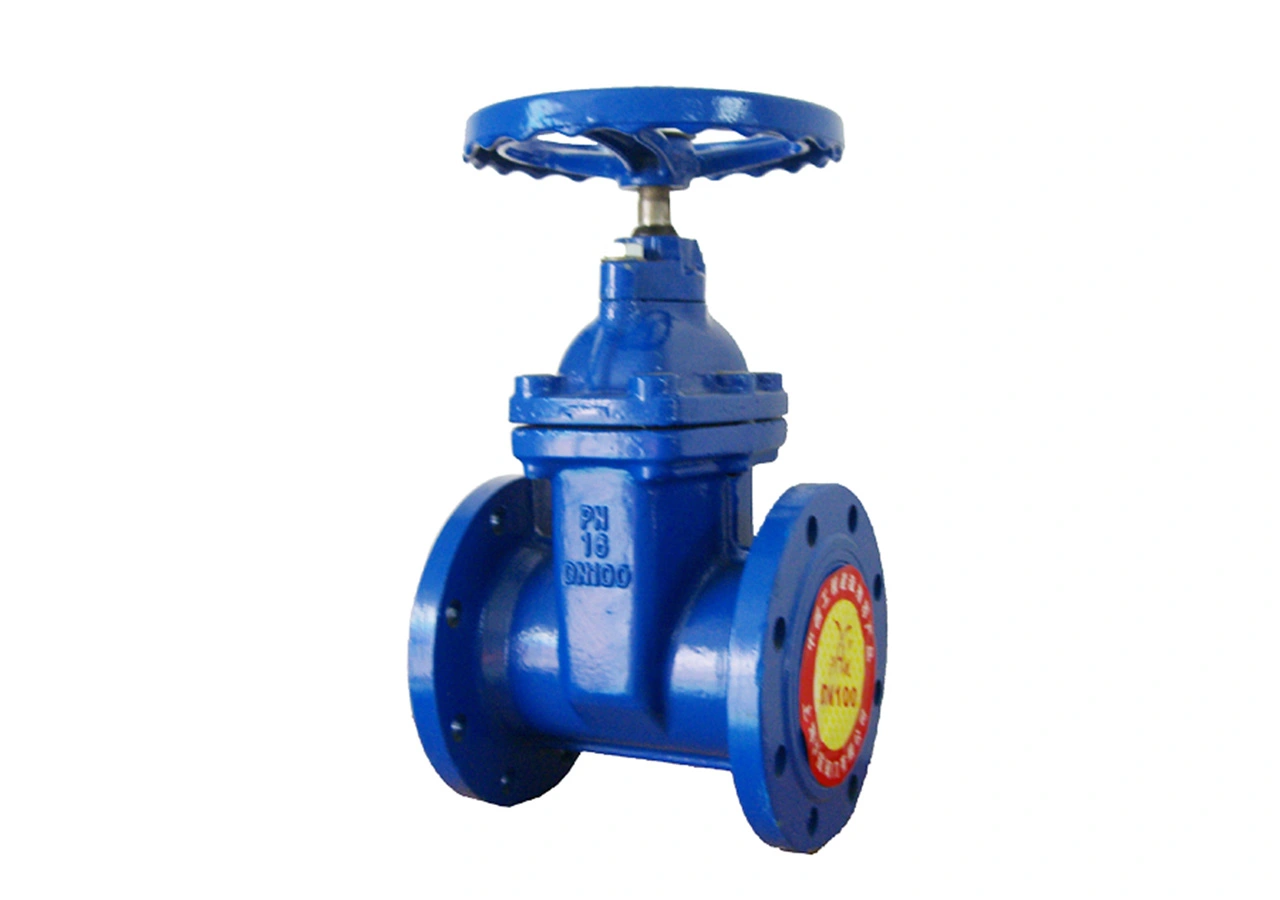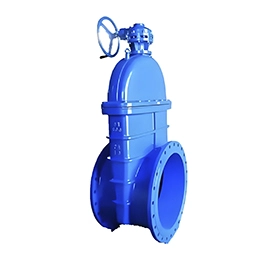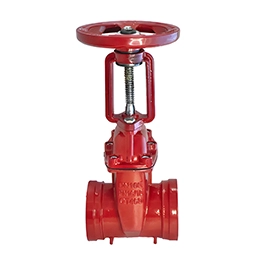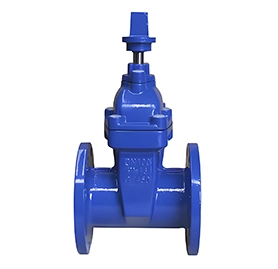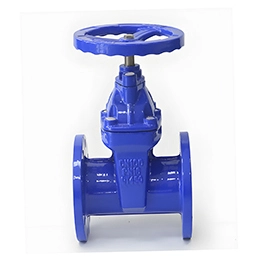What is Resilient Seated Gate Valve
An Resilient Seated Gate Valve is a high-performance valve designed with a flexible seat that automatically adjusts to the gate, ensuring a tight seal even under varying conditions. It features bidirectional sealing, making it effective under both forward and reverse pressure. Constructed from durable materials like stainless steel or alloy steel, it resists corrosion and wear, offering a long service life. Its full-bore design minimizes flow resistance, reducing energy loss. Suitable for industries such as oil and gas, chemical, power, and water supply, it provides reliable shut-off and is easy to operate manually or with automation. Its low maintenance and robust design make it ideal for demanding applications.
Main Features
Elastic valve seat design: The valve seat is elastic and can automatically compensate for the deviation between the gate and the valve seat to ensure a tight seal.
Bidirectional sealing: The valve can achieve reliable sealing under both positive and reverse pressures.
Low flow resistance: Full-diameter design, low resistance when the fluid passes through, reducing energy loss.
Corrosion resistance: The valve body and internal parts are mostly made of corrosion-resistant materials such as stainless steel and alloy steel, which are suitable for a variety of media.
Easy operation: The opening and closing torque is small, manual operation is easy, and it can also be equipped with electric or pneumatic devices to achieve automatic control.
Long life: The elastic valve seat and gate materials are wear-resistant and have a long service life.
Structural Composition
Valve body: the main pressure-bearing component, usually cast steel, stainless steel or alloy steel.
Gate: the key component to control the flow of the medium, and cooperate with the elastic valve seat to achieve sealing.
Elastic valve seat: the valve seat design with elasticity ensures the sealing when the valve is closed.
Valve stem: connects the operating device and the gate to transmit the operating force.
Operating device: supports manual, electric or pneumatic operation, flexible and convenient.
SIZE
| DN50-DN1200 |
| Work Pressure |
| PN10/PN16/PN25 |
| Operating temperature |
| -20℃-120℃ |
Advantages of Resilient Seated Gate Valve
Superior Sealing: The flexible seat ensures a tight seal, even under varying pressures and temperatures.
Bidirectional Sealing: Effective in both forward and reverse flow directions.
Low Flow Resistance: Full-bore design minimizes pressure drop and energy loss.
Durability: Made from corrosion-resistant materials like stainless steel, it withstands harsh environments.
Long Service Life: Elastic seats and robust construction reduce wear and extend lifespan.
Easy Operation: Low torque for manual or automated control, suitable for remote operation.
Versatility: Ideal for oil and gas, chemical, power, and water supply systems, ensuring reliable performance in demanding applications.
Applications of Resilient Seated Gate Valve
Petrochemical industry: used for cutting off and connecting oil, chemicals and other media.
Power industry: suitable for high temperature and high pressure media such as steam and condensate.
Water supply and drainage system: used for flow control in water plants and sewage treatment plants.
Industrial pipeline: suitable for media control in various industrial pipeline systems.
Summary
Resilient seated gate valves are widely used in the fields of petroleum, chemical industry, electric power, water supply and drainage due to their elastic seat design, excellent sealing performance and long service life. Their bidirectional sealing and low flow resistance design ensure reliable fluid control and are suitable for a variety of harsh working conditions. Correct selection, installation and maintenance are the key to ensure their long-term and efficient operation.

 EN
EN
